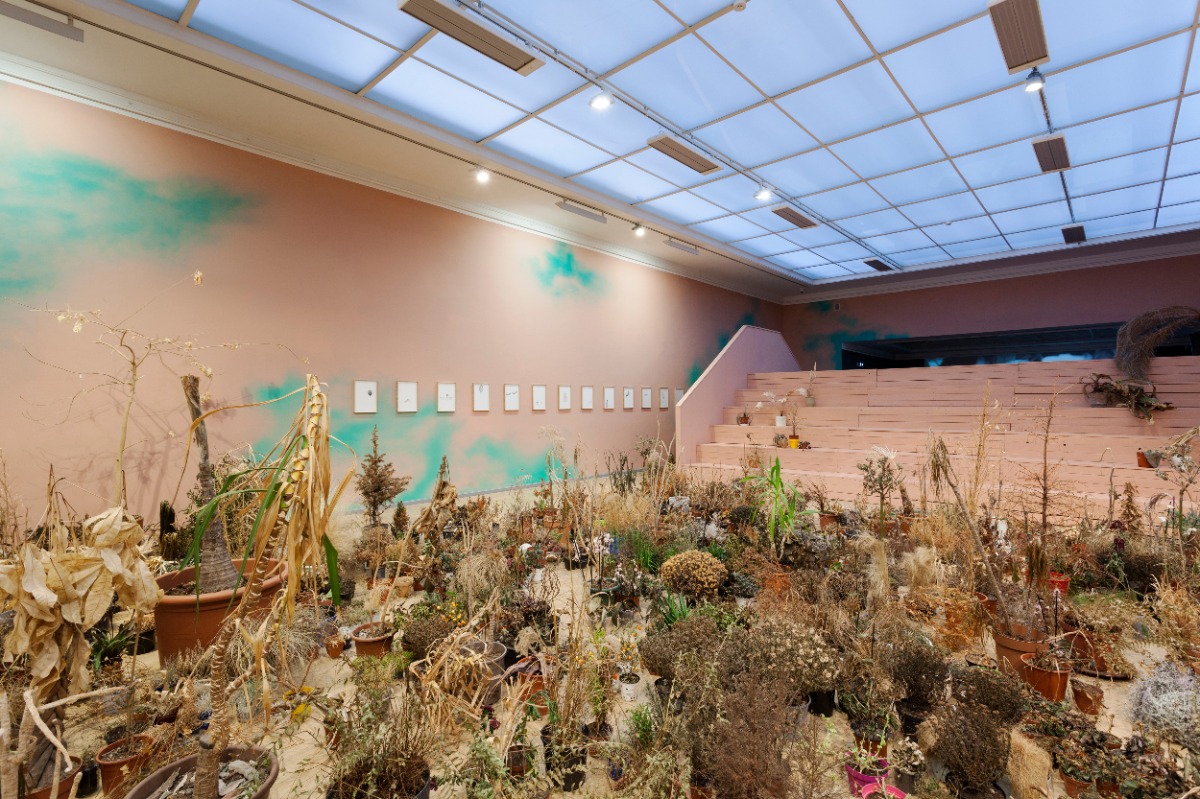
Humour is therapy
Flo Kasearu’s solo show Cut Out of Life at the Tallinn Art Hall
Estonian artist Flo Kasearu’s solo show Cut Out of Life, her largest solo show to date, is currently on view at the Tallinn Art Hall. The exhibition focuses on one of the problems of modern Europe that has been especially emphasised by the pandemic – domestic violence against women. Kasearu has been training the spotlight on the role of women in society for several years now, but this is the first time that the artist has focused in depth on the the topic of domestic violence as she investigates its various aspects. Even though the show is dedicated to the experiences of Estonian women, the problems it touches upon do not lose validity outside of the country and occur in almost every society.
“One of her best-known projects is her House Museum, where she brings the institution to her home, addressing labour, gentrification, and procuracy – all topics that are deeply intertwined with the art world. In Cut out of Life, Flo interrogates the role of the institution and sets up an exhibition that is centered around a women's shelter founded by her mother. With an abundance of conceptual thought, wit, and humour, this show addresses the very serious and acute problems around domestic violence and follows the journey of women on the course of regaining independence and self-determinacy,” says Cathrin Mayer, the curator of the exhibition.
Kasearu is an artist whose work combines performance art, video, photography, painting and installation. The nature of her work is topical and exploratory, confronting issues at a grassroots level and concerning matters like freedom, patriotism and nationalism, domestic violence and the opposition between private and public spheres. Kasearu has studied painting and photography at the Estonian Academy of Arts. She lives and works at the Flo Kasearu House Museum in Tallinn. Her latest exhibitions include Basic Pride (Galerie Kubnova, Prague, 2018), Shelter’s Festival (Pärnu Women’s Shelter, 2018) and Holes (Temnikova & Kasela Gallery, 2018).
Arterritory.com presents the following Q&A with Flo Kasearu.
Is our home our safest place? As the pandemic situation has shown…it’s not. What do the notions of “home” and “safety” mean to you?
Besides the physical home space, the most important home is the one we carry with us on a daily basis. Achieving peace within yourself and understanding your actions is the foundation of security. I am my own home.
Exhibition view: Flo Kasearu, ‘Cut Out of Life’, Tallinn Art Hall. Photos by Paul Kuimet, Tallinn Art Hall 2020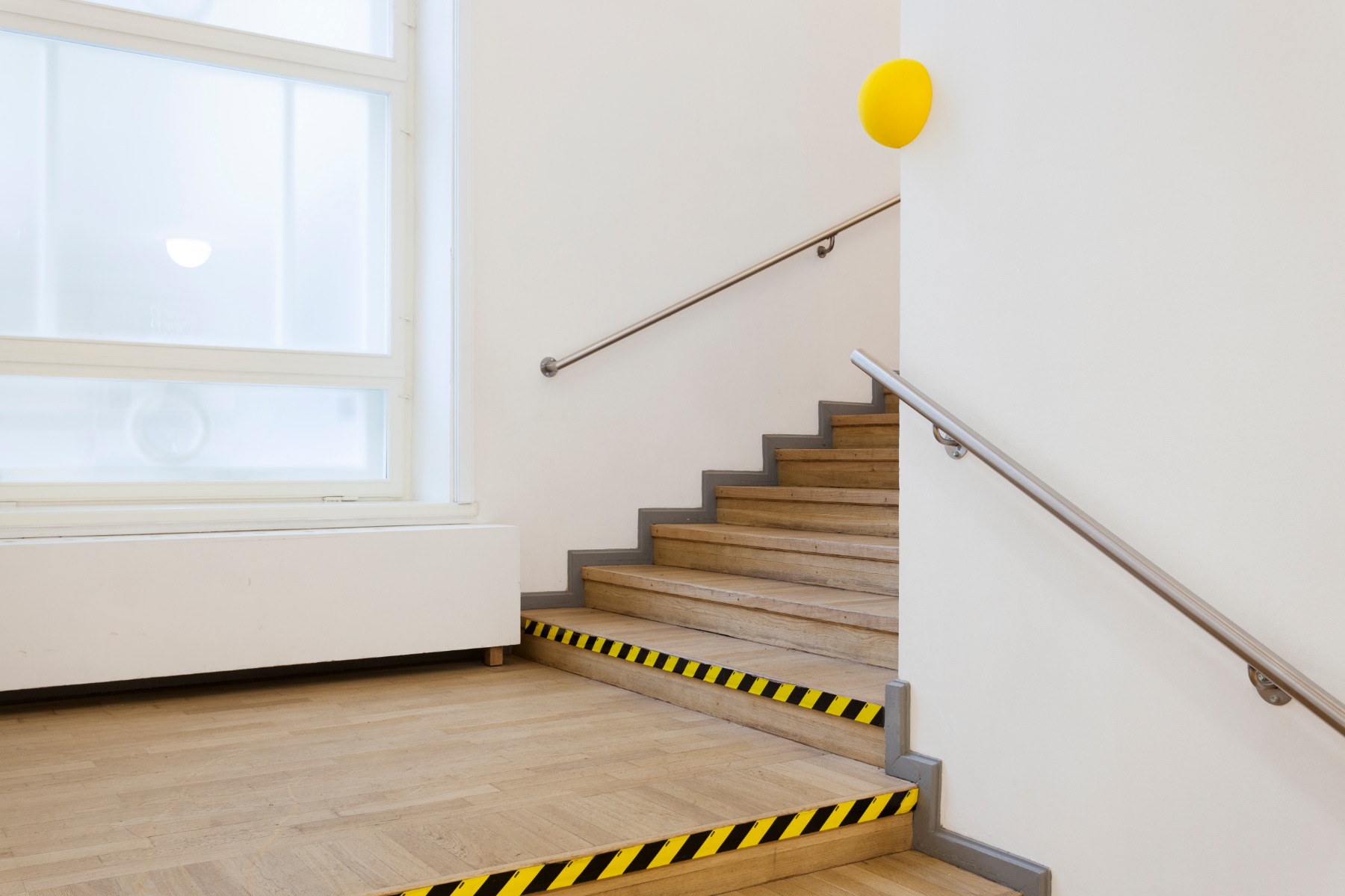
Has the global pandemic had an effect on the status of women in Estonia?
This pandemic affects all people…
In a situation where all family members are isolated at home for an extended period of time, the woman is a peace mediator, evening leader, teacher, cook, cleaner and exemplary teleworker. After the spring pandemic wave, the number of people who needed various types of counseling and help in solving personal problems increased by leaps and bounds. There was an increase in the number of women who very clearly finally realized that they were living with a violent man and needed to make changes in their lives. Even before the pandemic, the daily domestic work concerning family life was mostly the responsibility of women. Then, in addition, came school-related obligations for children, and the settlement of disputes arising from a long-term presence in a limited space.

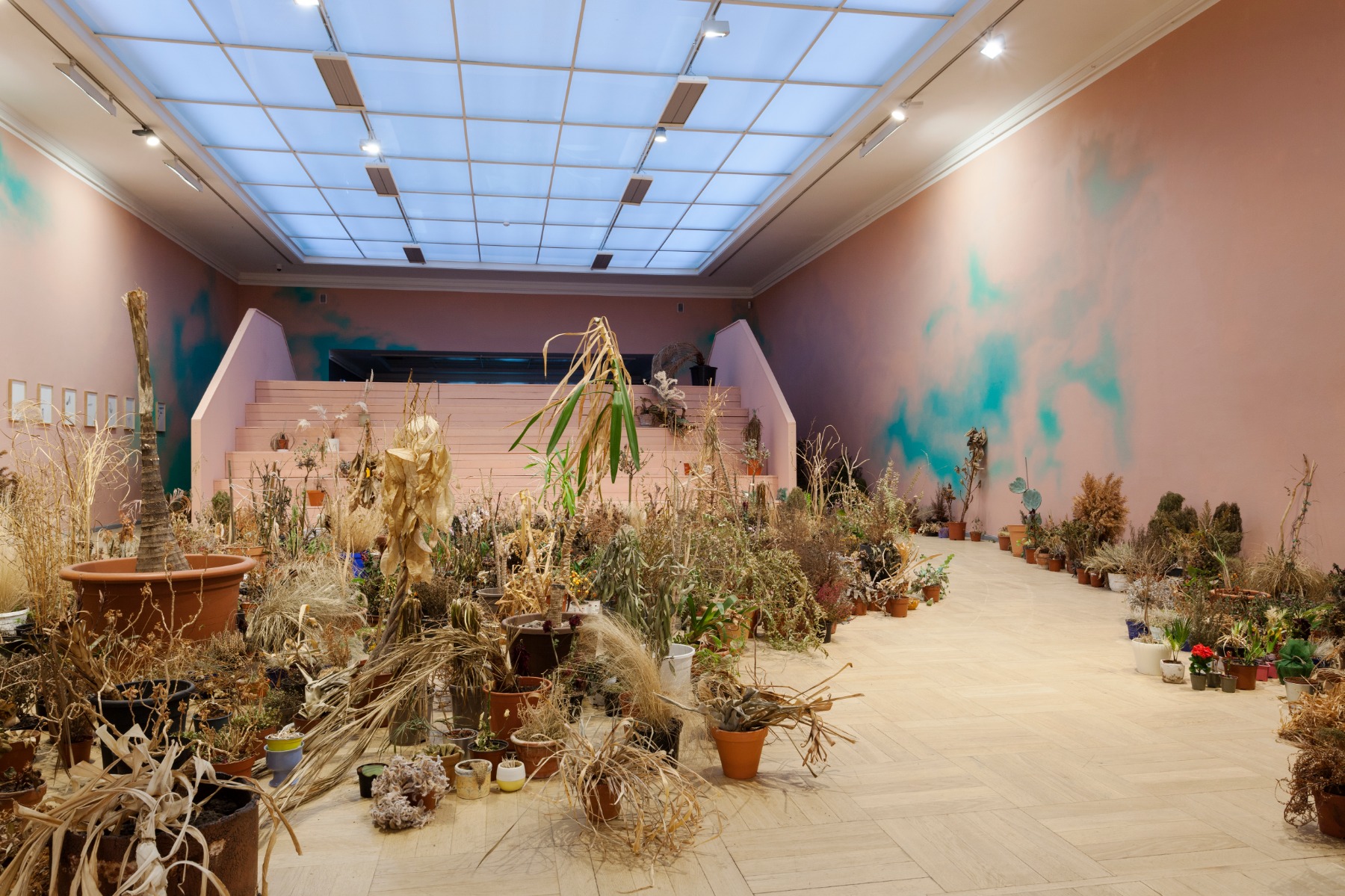
How do you view your role as an artist who reflects upon and brings into the spotlight the problems connected with domestic violence? What can an artist do that no one else does? Why is it important to take an active position?
My aim was to find new poetic visuals and images around this incredibly sensitive topic. Not to repeat stereotypical images that newspapers use when illustrating domestic violence, e.g. close-ups of men’s fists and women covering their faces, cowering in the corner. This type of image is simply a reproduction of an existing power struggle between the victim and the abuser. It should be reversed – it is important to show the survivor, not the victim…
I don’t always take an active position with my art. I like to combine different positions and different ways to approach it. But since I work mainly in my living room, or my backyard or wherever I can, life and my “studio” are as one, and there is a constant play between my work and everyday life. Also, it would be crazy for me to ignore what my family members are working on and the conversations that they bring into my living room, my “studio” (for example, my mother’s women’s shelter). I find what my mother has chosen to do hugely interesting and so important, and I genuinely believe that I can contribute to the cause, using my artistic voice. Violence grows in silence!

Have you ever felt as a victim yourself? In art, in life?
A victim of a lack of time, a victim of a cold climate and too little sunshine, a victim of sleepiness, a victim of overworking, a victim of “arthood”, a victim of freedom of movement due to COVID, a victim of attacks of ideas – ha. Also, our nation has had a general victimhood narrative throughout history… :)
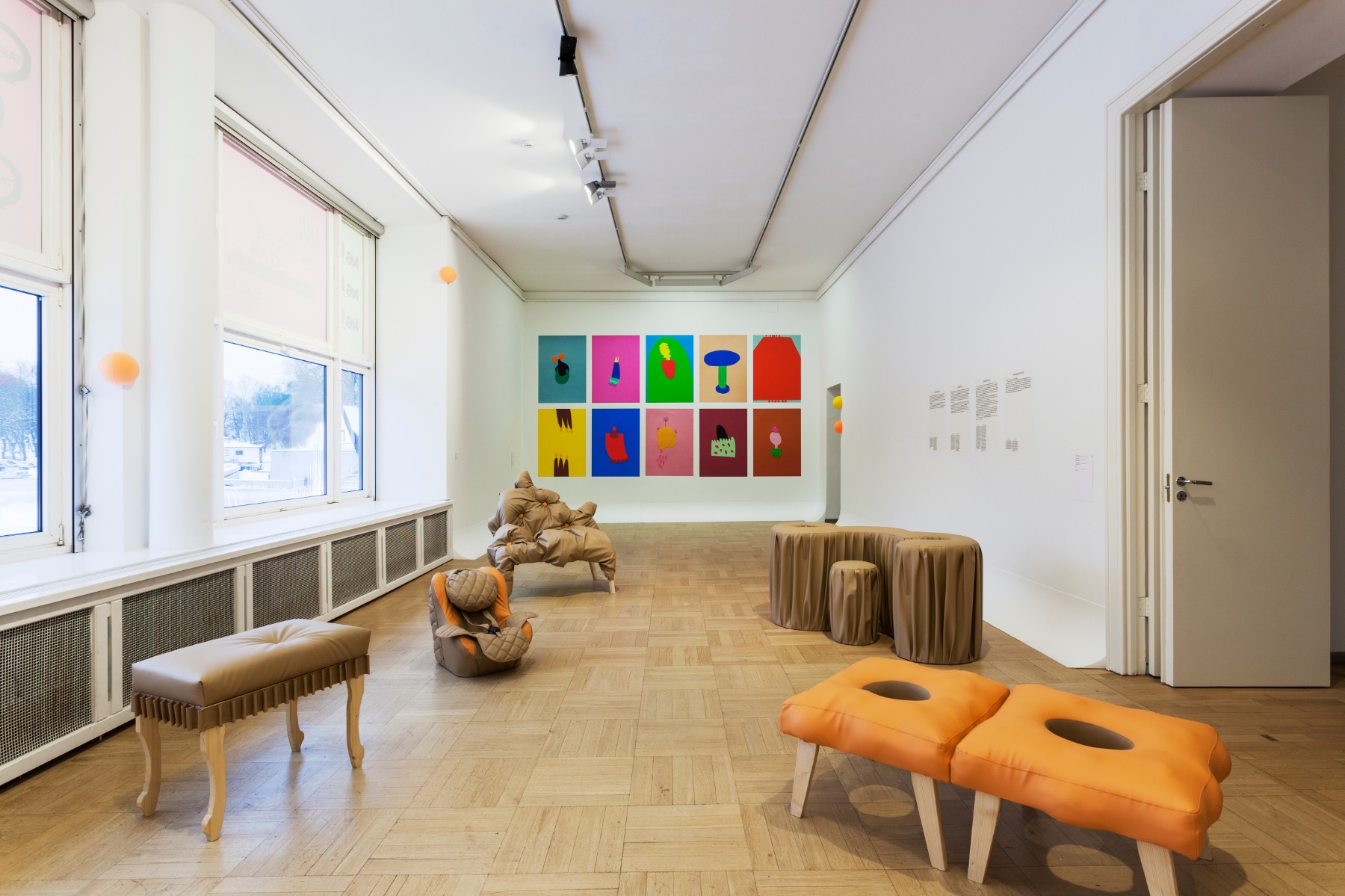

In 2009 your mother, Margo Orupõld, opened a women’s shelter in the city of Pärnu. How did this idea arise, and how interconnected has your life become with it?
There was purely a need for one, and it faced big challenges. There were already eight shelters for women in Estonia, but not yet in Pärnu. My mother is an entrepreneur and was asked to help in setting up the shelter in Pärnu. She searched for premises, people, trainers. She wrote project plans, and also went to Norway and became acquainted with the aid system there. At first, she promised that she would start this service and then continue her own business. However, at the first meeting with those in need, she realised how many more solutions could be offered to women if one were not limited to what the state expected, so she continued.
My life is massively interconnected with it. In the beginning, every winter my family and I would partake in Christmas volunteering in which we renovated the shelter rooms. I have also participated in mother-and-children camps over the years, as well as in different creative activities, seminars and lectures, and also running some creative activities with women myself. Recently I completed a course held by the Social Insurance Board on domestic violence. The other participants were people who already worked in this field, volunteered, or would be working in this field in the future. So, I am very much involved.

While your works touch on a very serious problem, one can still find a good dose of humour in them. In some way, this makes them even more powerful. What is the role of humour in your art?
I think my main aesthetic is irony. I am much less into the appearance of an artwork than I am into the fact that it could have an ironic element. In my “tragicomedic” show, the role of irony is to emphasise the contrast and contradictions. I believe irony and humour help to talk about difficult, sensitive and sad topics. Humour is therapy. And I guess humour also helps to set a common ground. Of course, there are so many different types of humour, but for me it’s important, and I appreciate artworks that are made with at least a little bit of fun in them – they are all the more accessible.
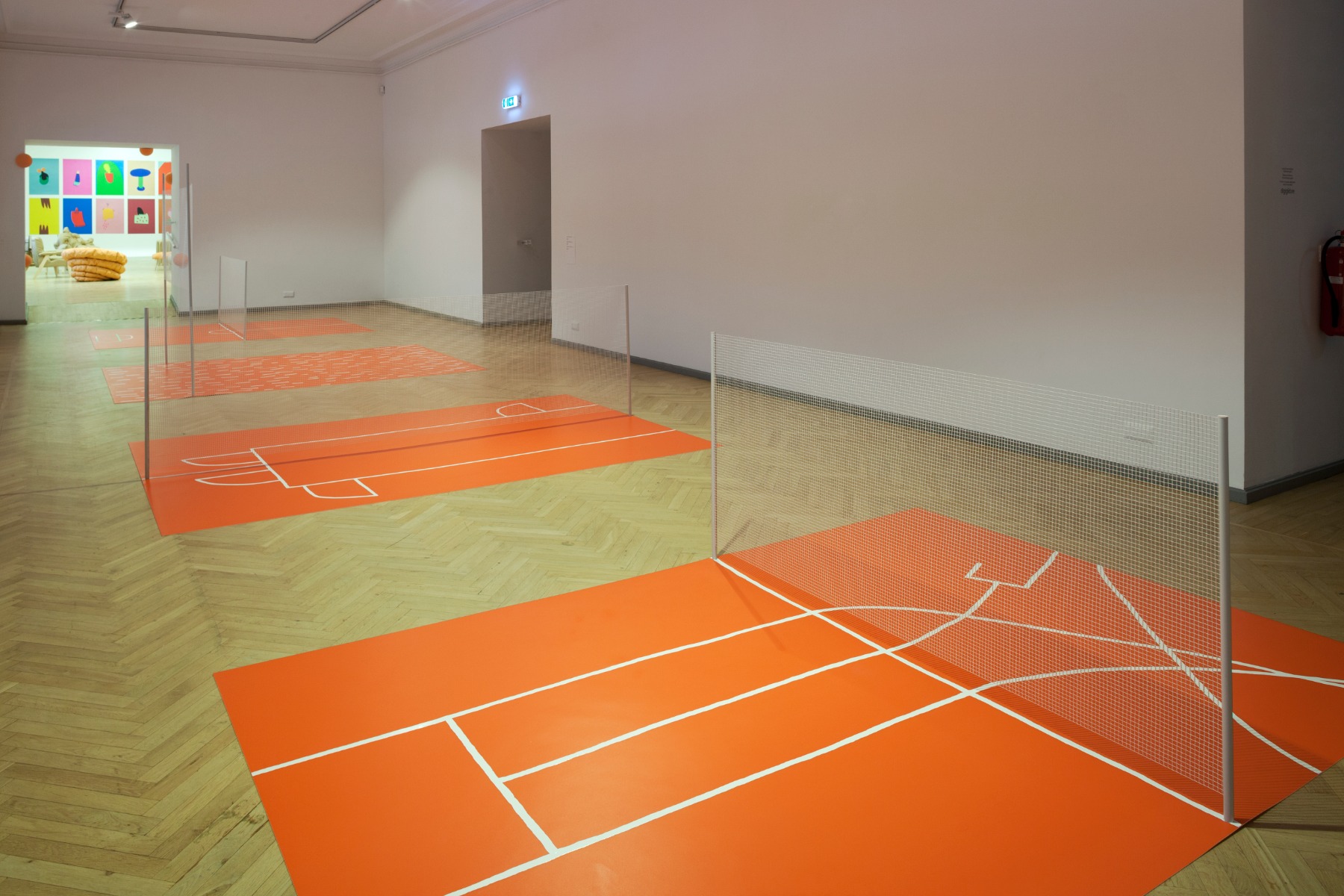
What are the main issues leading to domestic violence in today’s society? At its core, is it still an unfortunate continuum of the European Christian exercise in pre-capitalism, the rise of mechanical philosophy in medieval times so well described in the book “Caliban and the Witch: Women, the Body and Primitive Accumulation” by Silvia Federici? And could we see these times as a possible turning point for change?
I will read this book soon… :)
I have a work in the show – a drawing series titled Excuses. This set of drawings illustrates men’s common excuses to justify being violent with their wives. These irrational excuses include a toxic tick bite that has caused violent behaviour, the woman using the wrong laundry mode, the man having been born as an underweight twin, and the woman being too socially active…
Domestic violence is the constant showing of power over another person that hurts, insults, or makes you behave in a way you don't want to. Gaining power is the goal of violent behaviour. Violence is only a means to an end. Power issues have always been there in public and private spaces, but the right to make decisions about being violent have long been a man’s right. In today’s society, changes are taking place and human rights are beginning to reach different groups of people, regardless of gender and whether or not it is a public or private space.
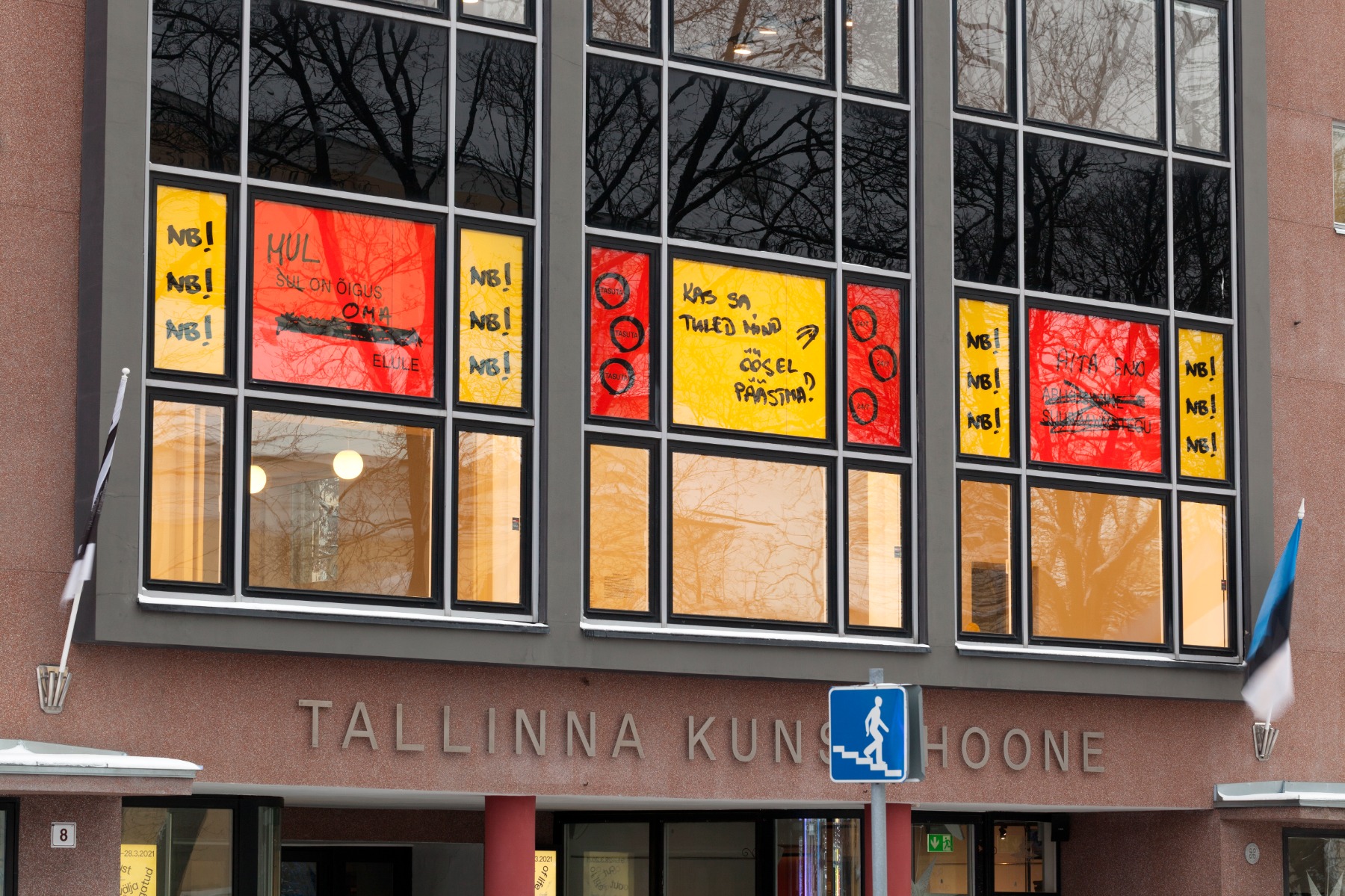
Flo Kasearu, Cut out of Life, Tallinn Art Hall, through 28 March 2021